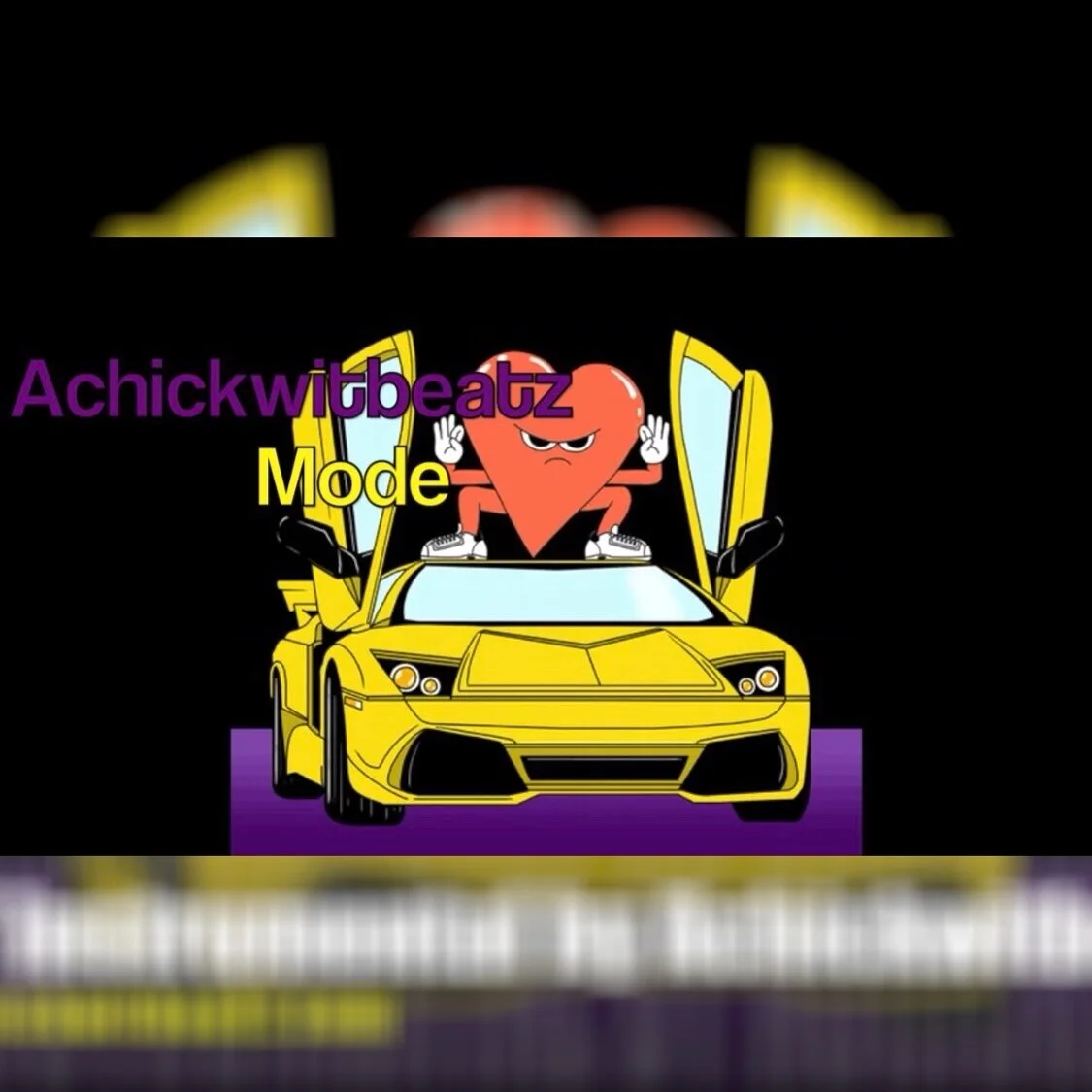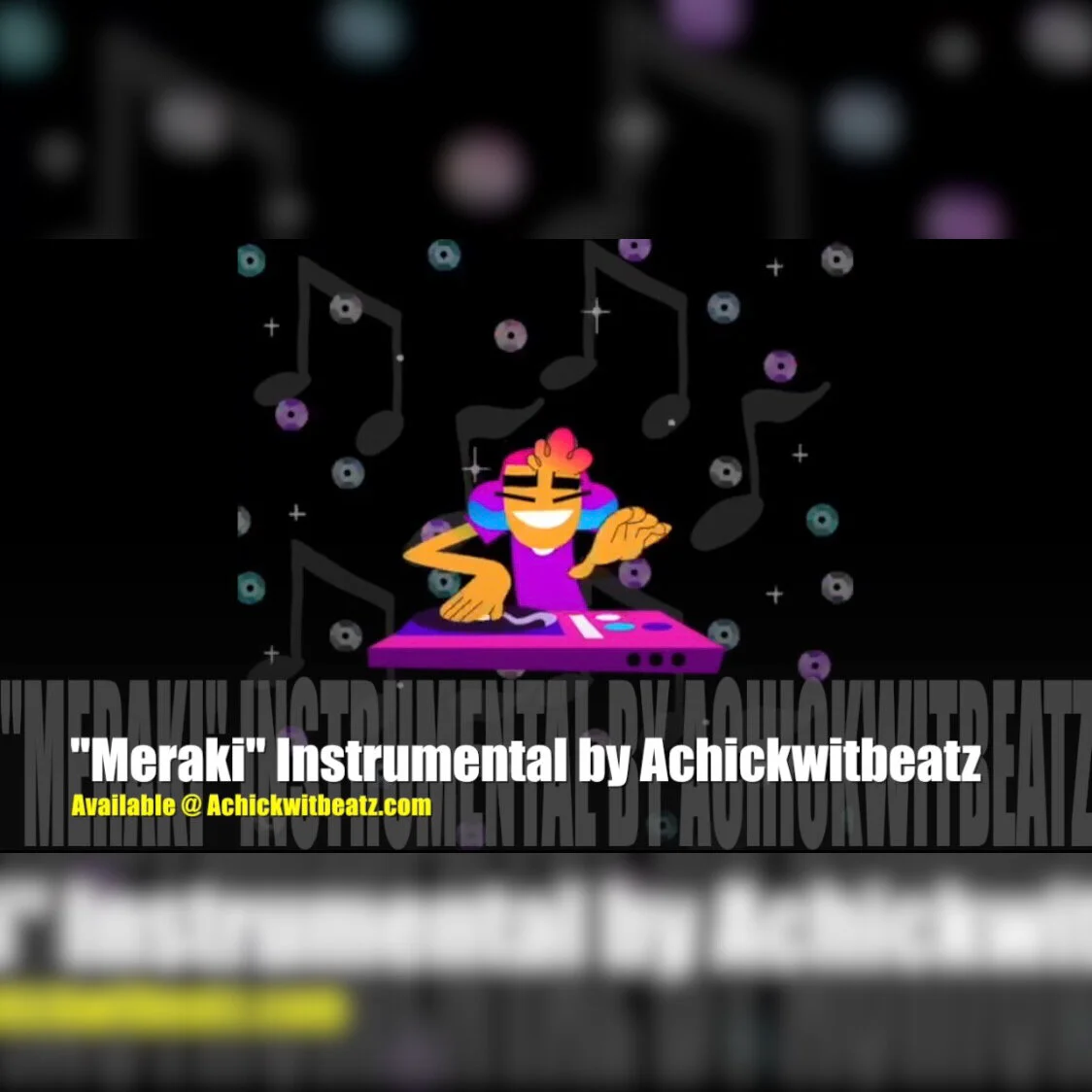Photo by Samuel Regan-Asante on Unsplash
Music licensing, often called “sync” (short for synchronization), is one of the most promising income streams for independent artists today. It involves having your music placed in film, TV shows, ads, video games, and other media. With the growing demand for fresh, authentic sounds, especially from independent musicians, sync opportunities are more accessible than ever. Through my ongoing research into music marketing and licensing, I’ve found that artists who understand how to market their catalog strategically stand a much better chance of catching the attention of music supervisors and licensing professionals.
Understanding the Basics of Sync Licensing
Photo by Sanjeev Nagaraj on Unsplash
Before marketing your music for sync, it’s crucial to understand what licensing actually entails. A synchronization license allows a song to be paired with visual content. Typically, there are two main rights that need clearance: the master recording (the sound recording itself) and the publishing rights (the composition). Independent artists usually own both, which can make them especially appealing to music supervisors who prefer “one-stop” licensing deals, meaning all rights are cleared through a single source.
This simplicity can be a major advantage. While big catalogs typically require multiple approvals, independent artists can streamline the process, making their music more attractive for fast-moving production schedules. However, being “sync-ready” requires more than ownership; it demands professionalism, proper metadata, and strategic marketing.
Making Your Music Sync-Ready
Photo by Blaz Erzetic on Unsplash
A great song alone isn’t always enough to secure a placement. Music supervisors and sync agencies look for tracks that are both high-quality and easy to license.
Own or control all rights: Make sure you have written agreements with any collaborators, producers, or featured artists. This avoids clearance delays later.
Proper metadata: Tag your tracks with accurate information, song title, writer splits, contact info, genre, mood, tempo, and lyrics. Metadata ensures your music can be easily found in large libraries and helps supervisors understand how it might fit a project.
Instrumental versions: Always have instrumental and clean versions available. Editors frequently need these for transitions or scenes where vocals may distract from dialogue.
High-quality masters: Deliver songs in professional-quality WAV or AIFF formats. Low-quality audio files can instantly disqualify a submission.
Once your catalog is organized and professionally presented, you’re ready to promote it strategically.
Identifying the Right Opportunities
Photo by Kateryna Hliznitsova on Unsplash
Not every sync opportunity fits every artist. Part of marketing your music for sync involves understanding where your style belongs. Research is key. Watch shows, ads, or films that feature music similar to yours. Notice what types of emotions or scenes those songs support.
Music libraries, sync agencies, and supervisor directories can help you target your efforts. Reputable sync agencies curate catalogs for film and TV professionals, while some independent libraries are open to unsolicited submissions. However, always vet companies carefully. Avoid any that charge upfront fees for “consideration.” Legitimate partners typically earn a percentage only when your music is placed.
When you find an opportunity that aligns with your sound, tailor your pitch. Include links (not attachments), clear contact information, and concise descriptions of your music’s style and mood. Demonstrating awareness of where your song fits can make your submission stand out.
Building Visibility Through Networking and Branding
Photo by Jacob Padilla on Unsplash
In sync licensing, relationships matter just as much as the music itself. Music supervisors often work under tight deadlines and rely on trusted sources. That means artists who consistently deliver high-quality, properly organized tracks tend to get repeat placements.
To build those connections:
Attend music conferences or webinars: Events like the Guild of Music Supervisors’ SyncCon or Mondo.NYC offer networking opportunities and insight into current industry trends.
Engage on professional platforms: LinkedIn and specialized music communities are valuable for making introductions to supervisors, editors, and sync agents.
Maintain a professional online presence: Your website and EPK should make it easy for professionals to understand your sound, rights ownership, and availability for licensing.
Consistency and professionalism can help you stand out. Over time, your network may become the most reliable source of sync opportunities.
Promoting Your Music Catalog Strategically
Photo by Kreative Kwame on Unsplash
Once your foundation is set, ongoing marketing keeps your music visible. Sync professionals often search for specific moods or genres, so it’s worth creating organized playlists that highlight your strongest material. Use descriptive titles such as “Upbeat Pop for Ads” or “Cinematic Acoustic Tracks for Film.”
You can also share snippets or behind-the-scenes insights about your tracks on social media (without overselling) to show your readiness for licensing. Submitting regularly to music libraries and sync briefs, even small ones, helps you learn how your music performs in the marketplace. Each submission refines your understanding of what resonates with decision-makers.
Turning Sync Into a Sustainable Strategy
Photo by Thibault Maestracci on Unsplash
The goal is not just to land one placement, but to make sync a repeatable part of your career. That comes from staying organized, informed, and consistent. Regularly update your catalog, track your submissions, and note where your songs gain traction. Over time, patterns emerge that can help you focus your efforts where they’re most effective.
Licensing offers long-term potential for income and exposure, especially for independent artists who approach it professionally. With the right mix of research, presentation, and persistence, your music can become a trusted asset in the world of film, TV, and advertising.
- Art
- Independent Labels
- Internet Radio
- Music Documentaries
- Album Reviews
- Music History
- Music Industry News
- Free Game Friday
- Free Downloads
- Poetry
- Books
- Interviews
- Did You See It?!
- Hip Hop History
- Hear Here
- Music News
- Hip Hop Documentaries
- Music Marvels Radio Show
- Think Piece Thursday
- Mini Documentaries
- Instrumental Intel
- Music Humor
- Indie Analysis
- Conversations & Quotables
- Music
- Resources for Artists
- Podcasts
- Beats/Instrumentals
- Music Education
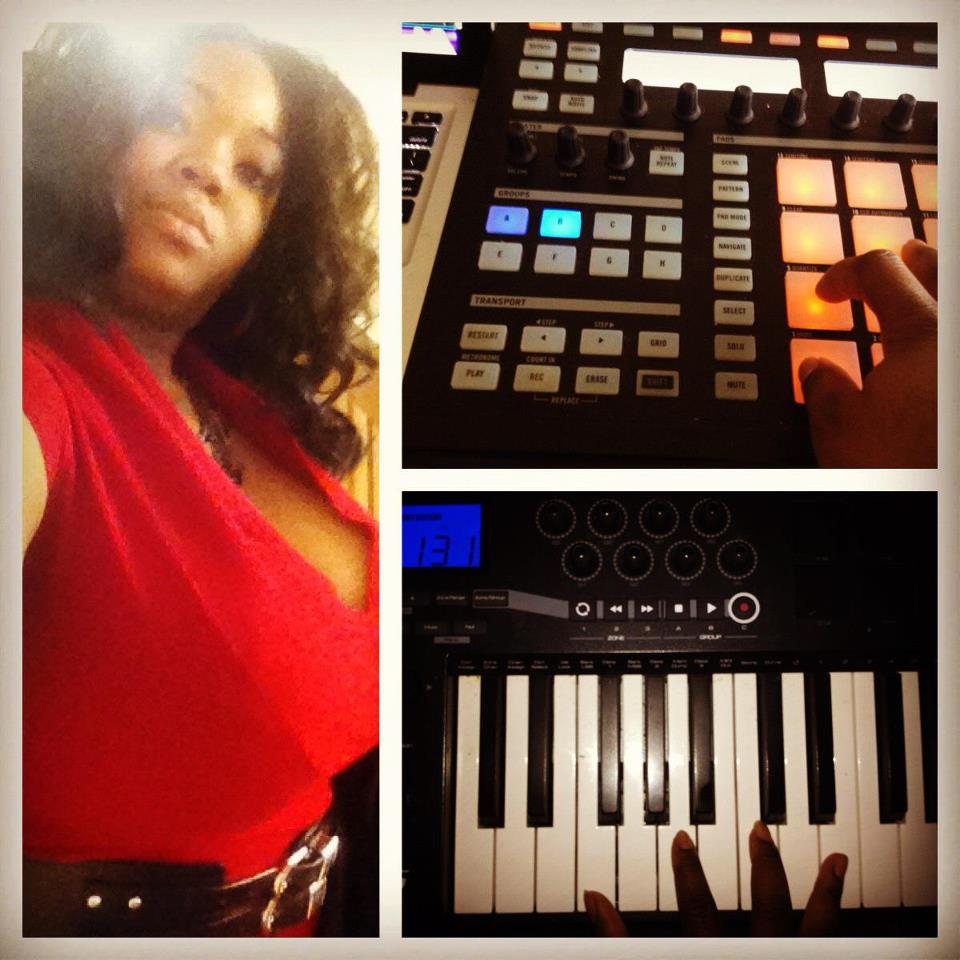

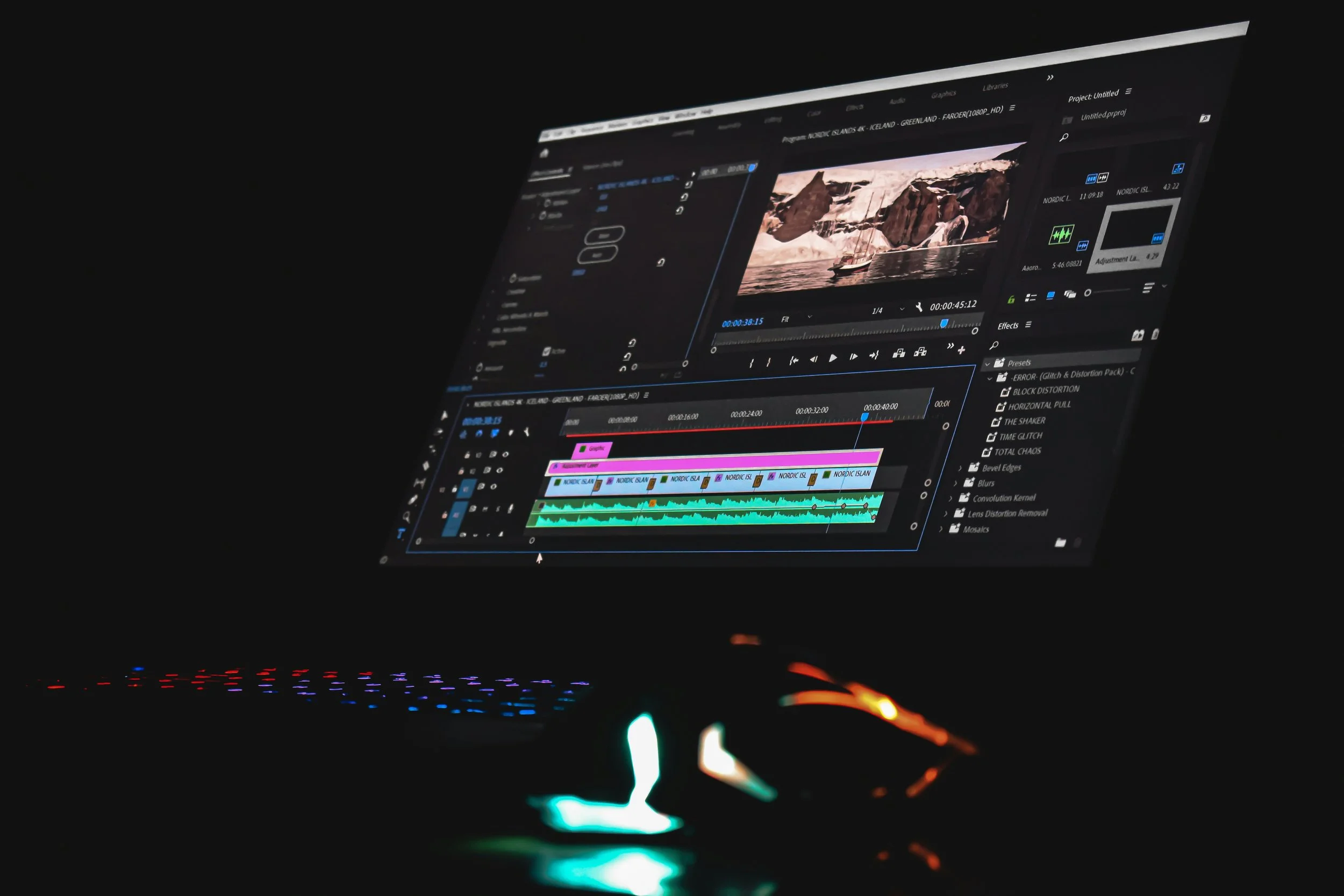











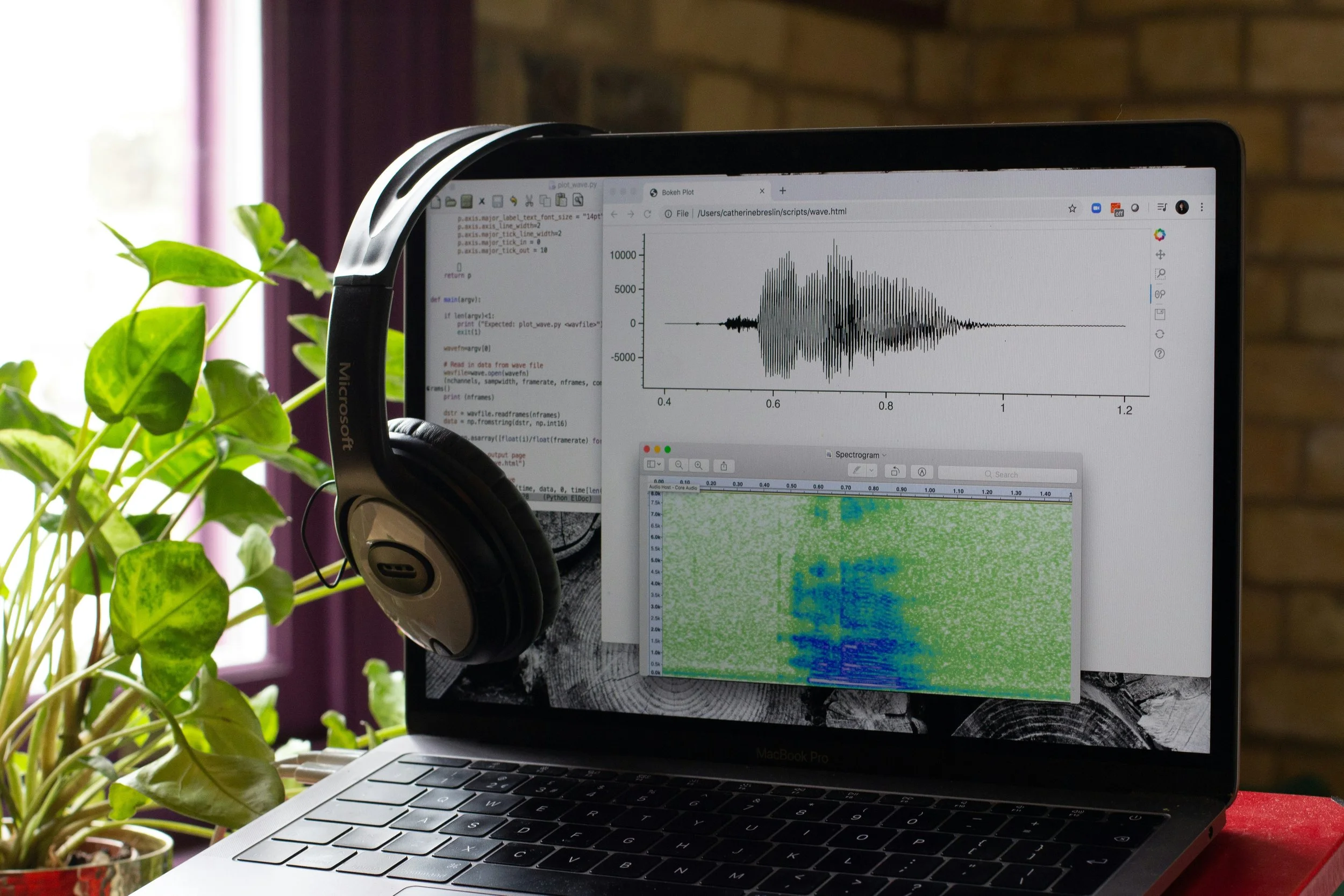

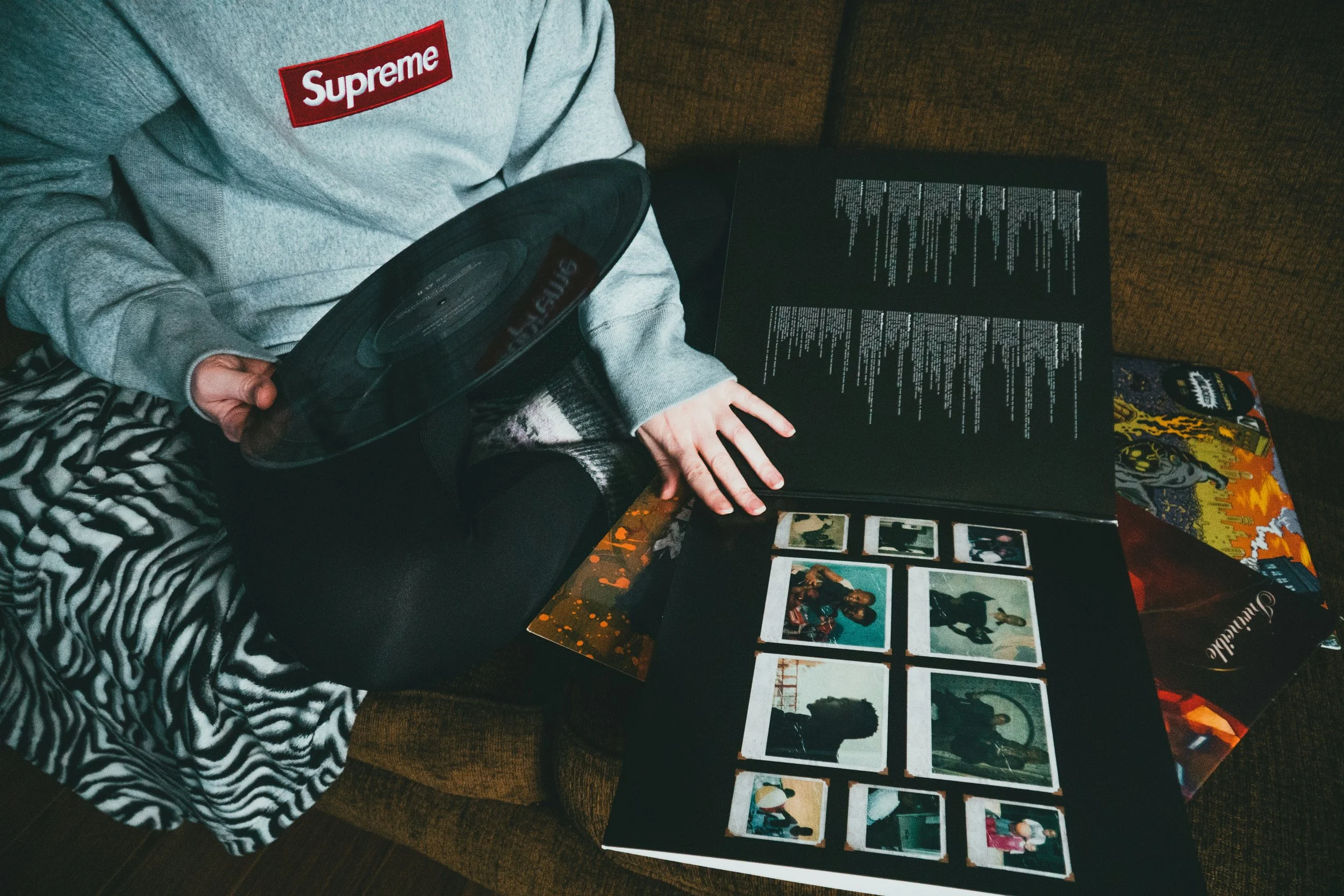






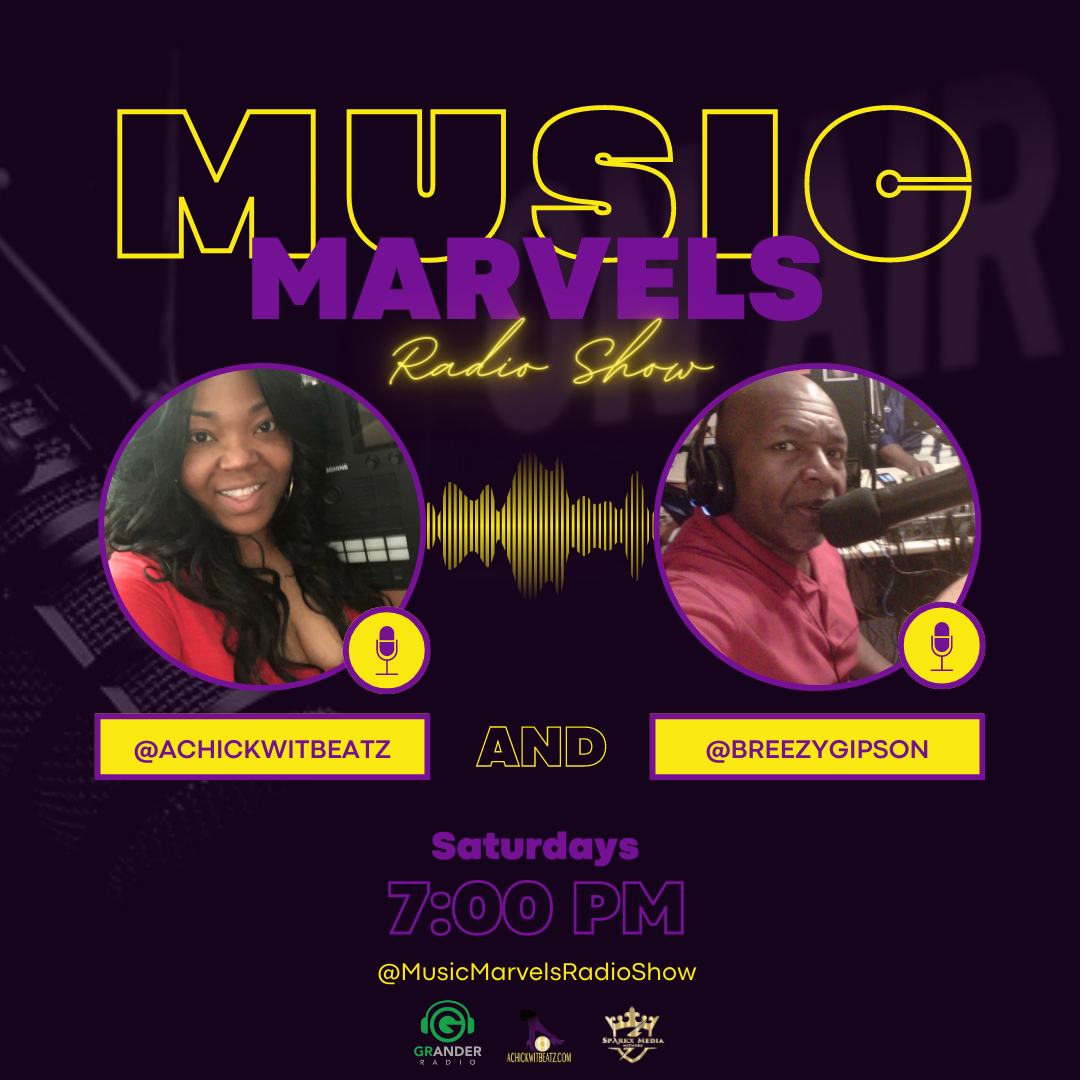
![Hear Here: Achickwitbeatz - Dopamine & Serotonin [Single]](https://images.squarespace-cdn.com/content/v1/52b0b90ae4b0293bfed0d692/1710852808557-EZYGFDIBHLBSIRFOVS1Q/Dopamine+%26+Serotonin.JPG)


